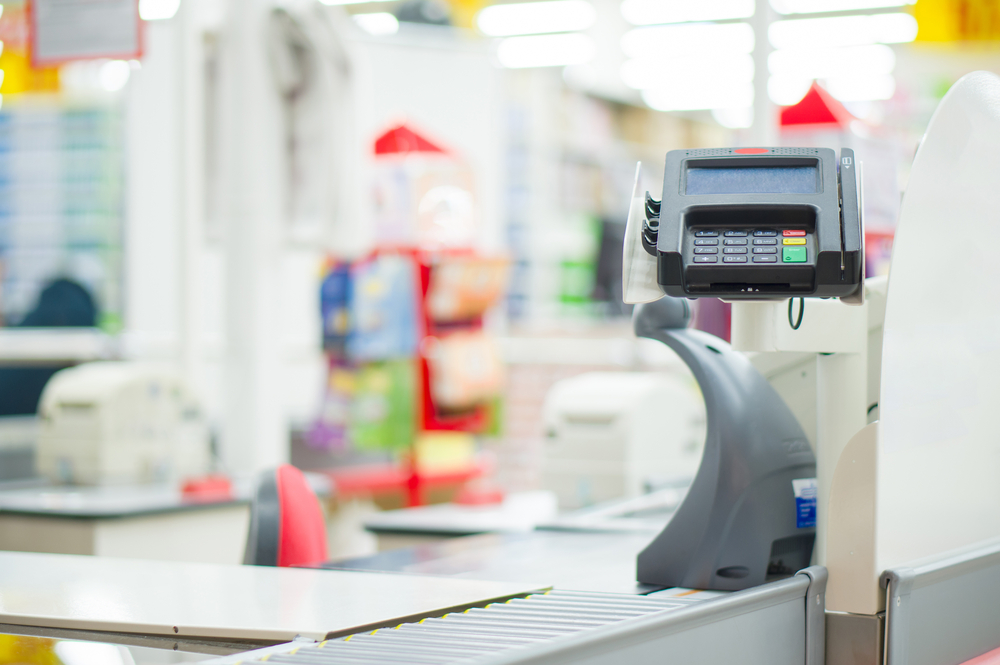The Checkout Temptation

On my way to my Grandma’s surprise party on Saturday, I realised I needed to stop and get a birthday card. However, this quick stop resulted in me leaving the store with two bags full of shopping. I managed to return successfully with a card, but also; a new DVD (I don’t remember the last time I watched a DVD now I have Sky, Amazon Prime and Netflix), two tubs of celebrations, a new toothpaste, a packet of chewing gum to get lost with the others in the bottom of my bag and the latest Vogue magazine – All I intended to buy was a birthday card!
Clothes shopping often has a similar trend; more often than not, once I’ve chosen my new dress, it is bought alongside a packet of sweets or a nail polish, and I can’t leave a beauty store without picking up an extra body wash or some face wipes…
Sound familiar?
The products displayed along the checkout whilst waiting to pay always catch my attention, I’m a sucker for a good deal, but, it’s not a coincidence that all of these items are on offer, an affordable price or seasonal.
In-store visual merchandising cannot be over looked in a retail marketers strategy, it is a major benefit that bricks and motars have over one of their biggest competitors; ecommerce. Research by A.T. Kearney indicates that 40 percent of consumers spend more money than they had planned in stores, while only 25 percent reported online impulse shopping.
To utilise the opportunity of the checkout, retailers need to research and create psychological campaigns. A great example of this kind of promotion is; ‘Last chance to buy’, or ‘today only’ – influence your consumer with the ‘fear of loss’ to encourage that impulse purchase. In addition, clear signage and price needs to be used, if a customer is waiting in a queue they don’t have long to look at the product and search for the price or understand the offer, they need attention grabbing, clear signs in order to make that snap purchase decision.
Retailers have the tools to research consumer behaviour so they can target their product placement to increase sales. Market basket analysis is a great investigation for retailers to undertake, they can uncover what their consumers often buy together and when, popular items, and get a better understanding of the consumers budget so products which are affordable for the target market can be displayed near the till to be bought on impulse.
Once your products have been chosen and displays created, it is important to train the in-store staff so they can draw attention to this, generate more interest and influence those consumers still undecided whether to make that additional purchase.
Understanding your consumer is key – you need to display merchandise that will interest and tempt your customer to make that unplanned purchase. I’m sure as we enter the Christmas period there will be Christmas cards, small token gifts and various other seasonal merchandise displayed by the checkout to capture those impulse buyers!
Katrina Whitehead, Senior Marketing Executive, Foundation Recruitment
